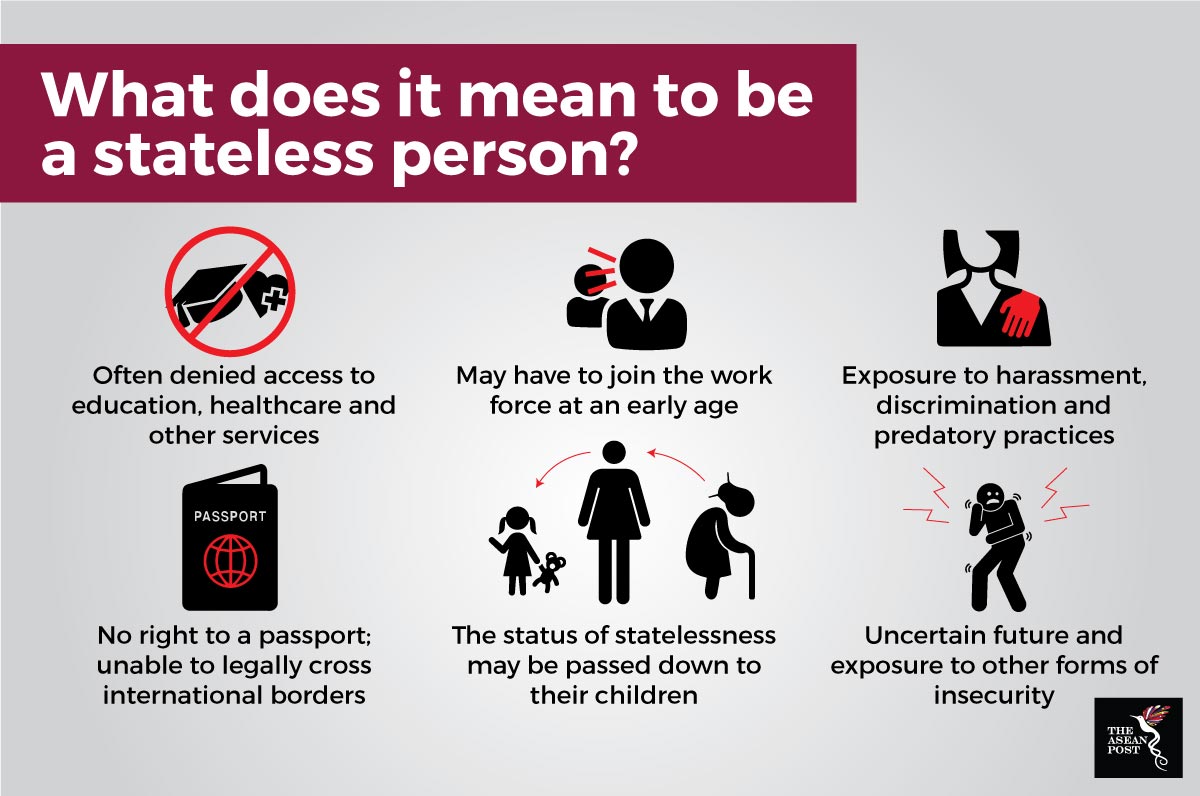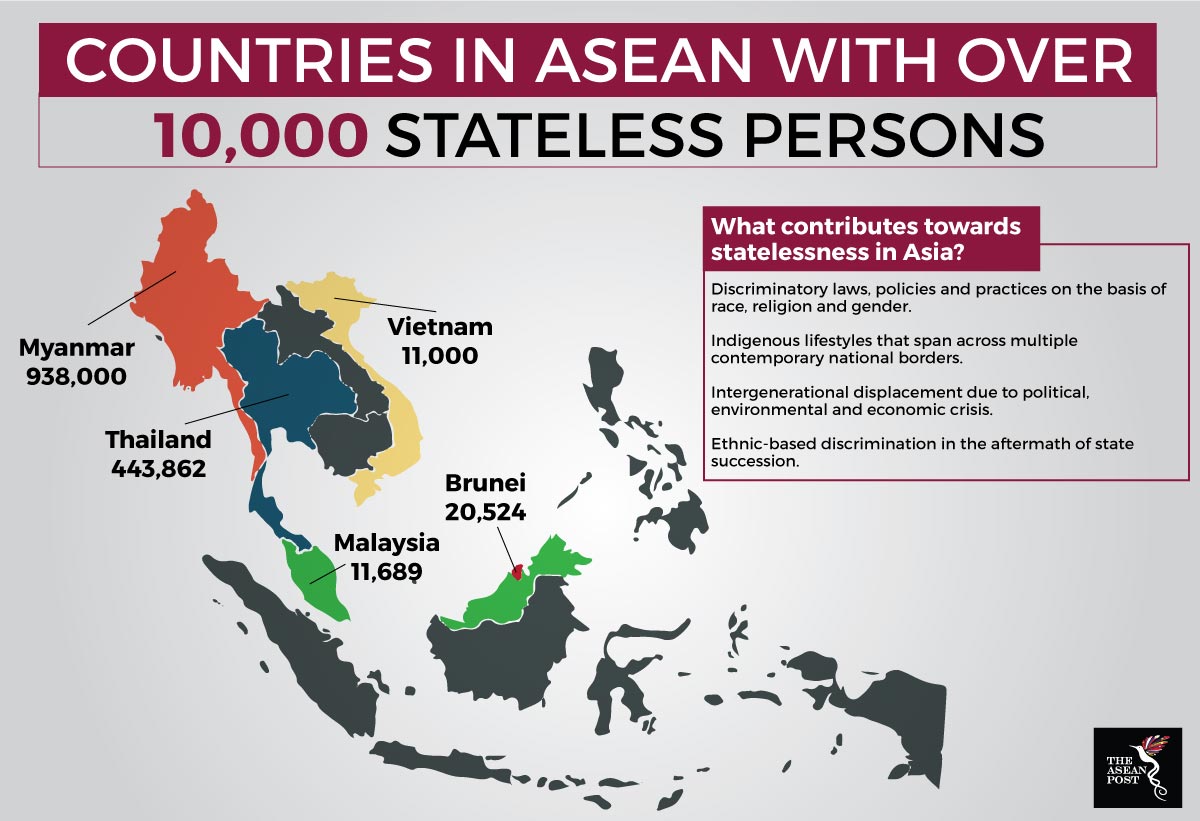The global community stood transfixed as the story of the Moo Pa football team and their coach who found themselves trapped in a Chiang Rai cave complex in Northern Thailand unfolded. The world was with them every step of the way as an international group of rescuers weighed the options, prepared for the mission, lost a member, and later led the boys and their coach one by one out to safety. Their plight also caught the attention of the football world. FIFA president, Gianni Infantino extended invitations to the young footballers and their coach to attend the World Cup Final in Moscow. Popular English football club, Manchester United has also invited them to Old Trafford.
But for four of the Tham Luang survivors, even if their health permitted, the invitation seemed futile. Adul Sam-on (born in Wa, Myanmar’s unrecognised state), Pornchai Kamluang, Mongkhol Boonpiam (born in Myanmar), and their coach, Ekaphol Chantawong (ethnic Shan minority from Myanmar) are stateless. While the boys have Thai IDs, all four are without citizenship. This means they have no access to passports resulting in an inability to legally cross international borders.
Missed opportunities such as this are normal in the life of a stateless person. Being stateless often leaves a person without legal documents and the fundamental rights conferred by them, such as access to education, healthcare, legal employment and freedom of movement. Without education, a stateless person has limited options to build a future on and may have to join the work force at a young age. They are often not afforded legal protection, making them vulnerable to harassment, discrimination, and predatory practices of unscrupulous people. They cannot own assets or have access to banking or financial services. Without remediation, a stateless person is susceptible to deportation and his/her stateless status can be passed down to the next generation.

Source: Institute on Statelessness and Inclusion
Seeking refuge
The United Nations (UN) Refugee Agency (UNHCR) estimated that there were 2.8 million stateless persons in the world in 2016 with 40 percent of the identified stateless population living in the Asia Pacific region. Within the ASEAN region, five countries namely Myanmar, Thailand, Brunei, Malaysia and Vietnam are home to more than 10,000 stateless persons.

Source: Institute on Statelessness and Inclusion
According to the Institute on Statelessness and Inclusion, in its 2017 report on ‘The World’s Stateless – Children’, many factors contribute to statelessness across the region. In Southeast Asia and South Asia, discriminatory laws, policies and practices on the basis of gender, race and religion have significantly contributed to the problem.
“The Rohingya is one example of a stateless and persecuted group being displaced and forced to seek refuge in multiple countries. At the same time, forced migration can also cause statelessness. For instance, since being forcibly displaced during the Khmer Rouge regime in the 1970s, many ethnic Cambodians have lived in Vietnam for generations. Large numbers of these ethnic Cambodians have lost their documentation or any proof of having lived in Cambodia previously. This has resulted in their loss of lawful residence and nationality. While some have since regained Cambodian citizenship, others remain stateless.”
“Groups whose traditional lifestyles are based on travel across the contemporary borders of states are also vulnerable to statelessness. The Sama Dilaut, a migratory maritime people of Southeast Asia, are one such group who face acute discrimination and risk of statelessness,” the report stated.
Gender discrimination
According to the same report, gender discrimination in nationality laws also cause statelessness in the region. Brunei and Malaysia are amongst 27 countries worldwide that are guilty of discriminating against women in their ability to confer nationality on their children or spouses.
By far the biggest group of stateless people in Southeast Asia is the Rohingya. Widely regarded as one of the most persecuted peoples in the world, the Rohingya became stateless when they were denied the right to citizenship with the introduction of Myanmar’s 1982 Citizenship Law. The law guaranteed nationality by birth to members of 135 listed ethnic groups but excluded the Rohingya. Due to the violence faced by the Rohingya people in Myanmar, many have sought safety in other countries, especially in South and Southeast Asia. According to the report, with the growing Rohingya refugee crisis, there is a lack of accurate statistics on statelessness in Myanmar and host countries to which they have fled.
Back in Thailand, now that the ordeal is over, rescuers and volunteers have left the scene and are gradually going back to their lives with a new spring in their step knowing that they have been absolute heroes. As the dust settles over the Tham Luang cave incident, the people at the centre of the epic affair have received good news: legal assistance and a possibility of citizenships from the Thai government for the stateless coach and the boys. While we celebrate this generous gesture, spare a thought for the millions of stateless people across ASEAN member states and the world for whom citizenship is still just a dream.
